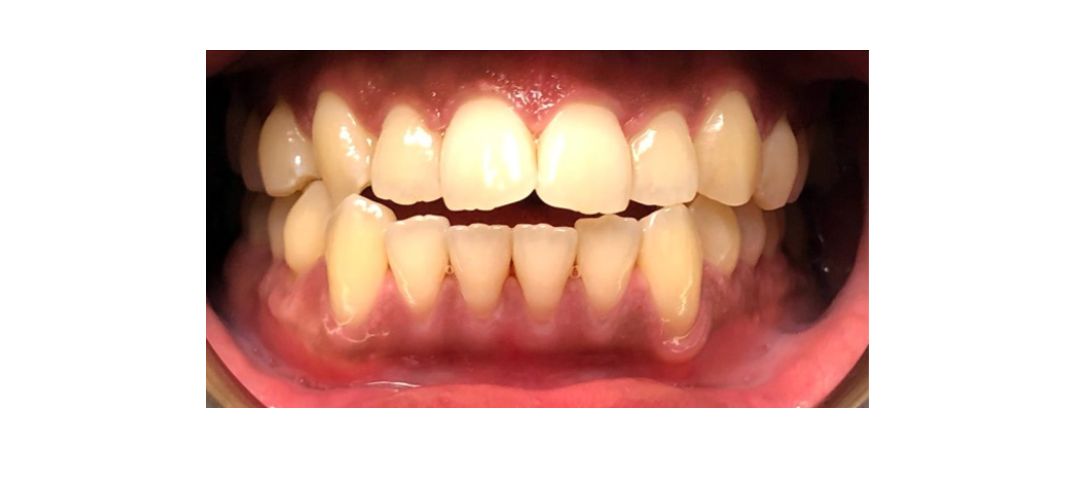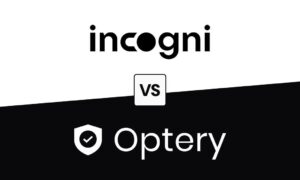A chipped tooth can affect your smile’s appearance and dental health. It may result from biting hard objects, injuries, or wear and tear over time. Even small chips can lead to decay, sensitivity, and impact aesthetics, especially on visible teeth. Cosmetic dentistry solutions like bonding and veneers can effectively restore your smile.
Cosmetic Bonding
Cosmetic bonding is a popular cosmetic dentistry procedure in which a dentist applies a tooth-colored resin to a chipped area of your tooth. The dentist shapes and hardens the material with a special light and polishes it to blend naturally with your teeth, restoring the tooth’s function and appearance. This noninvasive, cost-effective technique is ideal for smaller chips and imperfections and can usually be completed in a single office visit.
While cosmetic bonding is quick and affordable, the resin material is less durable than other options. Over time, it may wear down or become discolored, especially with exposure to staining foods and drinks. It’s a great choice for those seeking a minimally invasive way to repair their teeth.
Veneers
Dentists bond thin, custom-made shells, usually made of porcelain, to the front of your teeth. These veneers cover imperfections like chips, discoloration, or uneven teeth. Compared to bonding, veneers create a uniform, polished appearance. They are also durable and stain-resistant. The process involves removing a small amount of enamel, taking an impression of your teeth, and customizing the veneers in a dental lab. Once ready, the veneers are permanently bonded to your teeth.
While veneers offer a natural-looking, long-lasting result, the procedure is more invasive. It requires multiple visits and is often more expensive than bonding. Veneers are ideal for larger or more visible chips or anyone looking to enhance their smile beyond basic repairs. They are popular for patients seeking a tailored, durable solution to improve their teeth.
Comparing Bonding and Veneers
When choosing between cosmetic bonding and veneers, compare the differences in cost, durability, and aesthetics to find the best option for your needs.
Cost and Insurance Coverage
Cosmetic bonding is generally more affordable than veneers. If a dentist deems it medically necessary, insurance may partially cover bonding. Veneers, on the other hand, are often purely cosmetic and are not typically covered by insurance plans.
Durability and Maintenance
Bonding typically lasts around five to ten years, depending on care, whereas veneers can last up to 15 years or more. Veneers require greater upfront investment. Both options benefit from regular dental check-ups and a consistent oral hygiene routine.
Aesthetics and Natural Appearance
Veneers are the more aesthetically pleasing option. They can mimic the translucency of natural teeth. While bonding is effective, it may not achieve the same level of detail and polish.
Selecting the Best Option
Choosing between cosmetic bonding and veneers depends on several factors:
- Budget: Bonding offers a more affordable upfront solution, while veneers are a long-term investment.
- Severity of the Chip: Smaller chips are better suited for bonding, whereas larger or more visible chips may require veneers for the best results.
- Aesthetic Goals: If your goal includes comprehensive smile improvement, veneers may be the better choice.
- Dental Health: Some conditions may favor one treatment over another, so you should consult with a dentist as the first step.
Is Cosmetic Dentistry the Option for You?
Both cosmetic bonding and veneers are popular cosmetic dentistry options to restore chipped teeth. While bonding offers affordability and simplicity, veneers provide durability and a highly polished finish. Consult with a dentist to determine which option aligns with your needs, budget, and aesthetic goals.



































